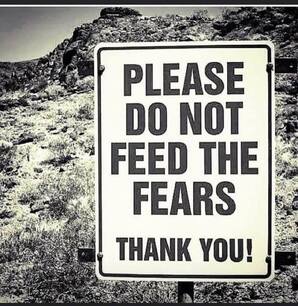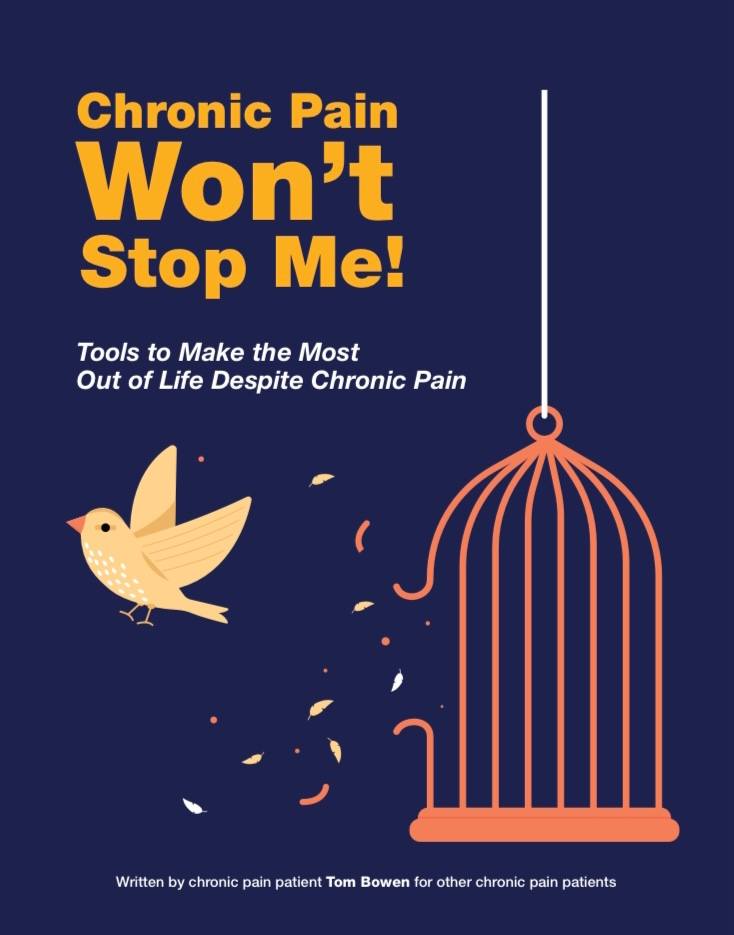Some simple truths about pain
- The better we understand pain, the better equipped we are to manage it and change it.
- All pain is real.
- Pain comes from the brain 100% of the time.
- Pain is a biopsychosocial experience with biological, psychological, and social factors - not just a number on the pain scale.
- There is a difference between short-term acute pain and long-term chronic pain.
- Acute pain is the body’s normal response to tissue damage or injury. It is a symptom. The pain matches the damage and treatment works - lasting less than three months.
- Chronic pain is an abnormal response, becomes its own disease/condition, and doesn’t improve over time. It can happen long after an injury or illness heals.
- Chronic pain often has no known cause or cure.
- The longer we have pain, the less likely it is related to tissue damage or injury, and the better our bodies can become at creating it - turning up the pain volume.
- Hurt doesn’t always mean harm.
- There are limits to biomedical treatment alone. We can’t always be fixed with a pill, injection, or surgery.
- Just treating the pain is not enough, we need to treat the whole person.
- What we think and feel about pain, as well as how we behave, affects our pain experience.
- The more we focus on the pain, the worse the pain experience is for us.
- What doctors and other healthcare providers say to patients matters.
- Pain is inevitable but suffering is optional. Pain is what we feel - it happens to us. Suffering is what we do with pain - we have a choice.
- Not all pain may not go away. It's important to accept it, adjust to it, and adapt to it.
- Pain can be modified and controlled by retraining an overprotective pain system.
- The best treatment for chronic pain is interdisciplinary/multidisciplinary care – combining different therapies.
- Once pain becomes chronic, the goal should be pain management to increase function and quality of life, not just pain reduction or elimination.
- People living with pain need to take active responsibility to self-manage the pain with support from healthcare professionals.
- It’s possible to live a fulfilling life, despite chronic pain.
- Just as we can learn pain, we can unlearn pain.
- Change and recovery are possible.
Learn more
Download your free copy of this easy-to-read guidebook based on my experience as a chronic pain patient, my research, and the biopsychosocial treatment I use to manage pain based on what I learned at the 3-week Mayo Clinic Pain Rehabilitation Center.
It provides a simple, yet understandable explanation of pain, diffuses the fears of chronic pain, and provides tools to help self-manage the pain. |

